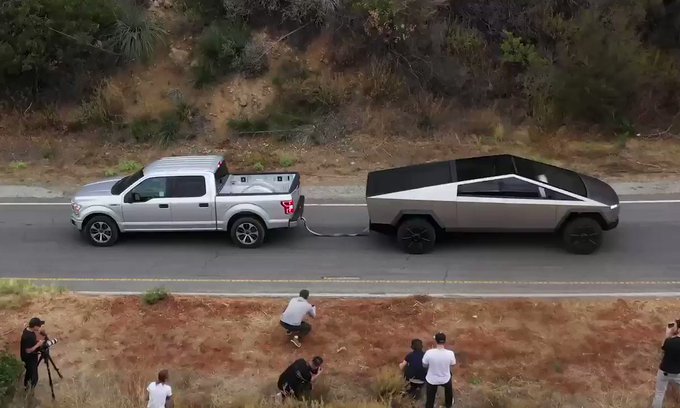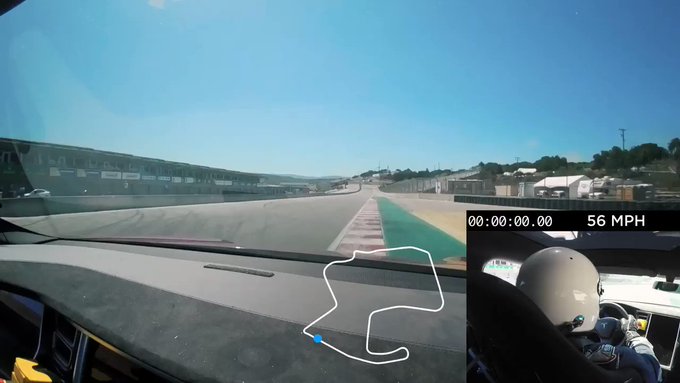As reported by FierceWireless: For its 5G strategy, Verizon has all the spectrum it needs to accomplish its stated near-term goals, but for the nation as a whole, C-band spectrum—3.7-4.2 GHz—will be vitally important to achieve the kinds of economies of scale the industry needs.
That’s according to Verizon CEO and Chairman Hans Vestberg. “When it comes to CBRS, we are already working on that,” he said during UBS’ Global TMT Conference in New York on Tuesday. “We think that’s a good addition,” in the area of capacity.
Vestberg could not comment on the current millimeter wave auction that’s underway at the Federal Communications Commission (FCC) due to the quiet period that all participants much adhere to, but he stressed the importance for the U.S. to have access to mid-band spectrum.
With C-band, what’s important is it’s going to be global spectrum, which means all handsets, equipment and applications will be developed to work on it, so it offers enormous economies of scale. For the U.S., it’s very important to be on that mid-band bandwagon, he said.
It affects the cost of handsets and chips, and it’s one of the few spectrum bands that are available on a global scale. “I would say from that point of view, it’s important,” and as a leader in the market, Verizon is supportive of the C-band coming to market.
Vestberg met with FCC Chairman Ajit Pai last month where they discussed the importance of mid-band spectrum as the U.S. seeks to win the global race to 5G. They also discussed the need for speed and certainty concerning the mid-band spectrum that will be made available, according to an ex parte filing (PDF).
Fixed wireless as 5G use case
For its 5G Home service, Verizon wants to get to a point where the majority of consumers are ordering the equipment online and provisioning the service at home themselves, i.e., through self-installment, so that will cut down on the expense of sending installers to customers’ homes and improve the experience for customers rather than requiring them to be home, say from 9 a.m. to 5 p.m., for a an installer to visit. “It’s a totally new way of thinking from an experience point of view,” Vestberg said.
What it’s waiting for is the next generation of chipset, due in the second half of 2020, that will be the basis for its next CPE because it offers better power output. The target for 5G Home is still to reach 30 million households; there’s no date associated with that but Vestberg reiterated that’s still the goal.
In the markets where it has 5G Home, it’s competing well and its “win share” is good. It’s guaranteeing 300 Mbps, and the usage is “enormous,” according to the CEO. It still has some work to be done on the self-setup; it probably takes a couple of hours and he wants it to be shorter than that. “I want it to be a totally unique experience,” he said.
Last week, Verizon announced it’s teaming with Amazon Web Services (AWS) on mobile edge compute (MEC), and using Amazon’s new Wavelength cloud platform. The first site in that deal was in Chicago and Bethesda Softworks, a video game publisher, was one of the first customers. It can’t have its games on 4G because there’s too much latency and throughput is too low, but it can publish its games using 5G with MEC.
In 2020, Verizon will open more MEC centers, with Amazon and in Verizon’s own facilities. AWS will be putting infrastructure in Verizon premises, and “it’s going to be many,” Vestberg said.
Verizon has worked to build a virtualized 5G network, and it doesn’t intend to try to be the cloud company. “We have the network, we have the distribution and we have the brand,” and Amazon doesn’t have these in the 5G space, but it has the cloud and developers, so “it’s a win-win for both,” he said.
Satellite Operators lose battle for private C-Band Auction worth Billions
FCC Chairman Ajit Pai informed Congress Nov. 18 that the agency will run a public auction of C-band spectrum instead of allowing a consortium of satellite operators to sell it directly to 5G wireless operators.
Satellite operators Intelsat, SES and Telesat, acting as the C-Band Alliance, had been lobbying the Federal Communications Commission for more than a year to approve a private auction of C-band spectrum expected to fetch upwards of $60 billion in proceeds.
The C-Band Alliance’s proposal received a positive reception at the FCC, where Pai and Commissioner Michael O’Rielly had voiced support for a market-based approach to clearing the spectrum.
But in the past several months, several House members and Sen. John Kennedy (R-La.), chairman of the Senate subcommittee that oversees the FCC, pressed the FCC to run the auction instead.
In an effort to appease lawmakers opposed to a private auction, the C-band Alliance said its members would contribute billions of dollars to the U.S. treasury and help create a program for rural 5G networks if the FCC allowed its plan to proceed.
The C-Band Alliance’s efforts to placate congressional critics of a private C-Band auction appear to have fallen short.
In a Nov. 18 letter sent to more than a dozen members of Congress, Pai said that the FCC will publicly auction 280 megahertz of C-band that satellite operators use mainly for television and radio programming so that it can be re-purposed for cellular 5G networks.
“After much deliberation and a thorough review of the extensive record, I have concluded that the best way to advance these principles is through an auction of 280 megahertz of the C-band conducted by the Federal Communications Commission’s excellent staff,” Pai wrote. “With a quarter century track record of transparent and successful auctions, I am confident that they will conduct a public auction that will afford all parties a fair opportunity to compete for this 5G spectrum, while preserving the availability of the upper 200 megahertz of this band for the continued delivery of programming.
The C-Band Alliance did not outline what recourse it intends to pursue in light of the FCC’s decision, but said “the full cooperation of the satellite operators will be required” to facilitate a spectrum transition.
This could mean a significant delay in the marketplace (due to court action and logistical transfer and testing of spectrum) preventing Verizon and other 5G wireless carriers from using the critical C-Band spectrum in the near future.



















